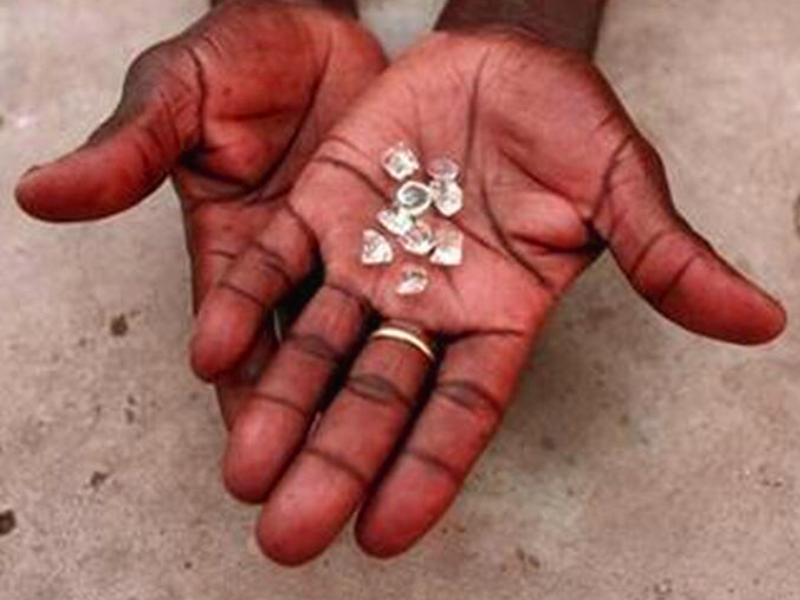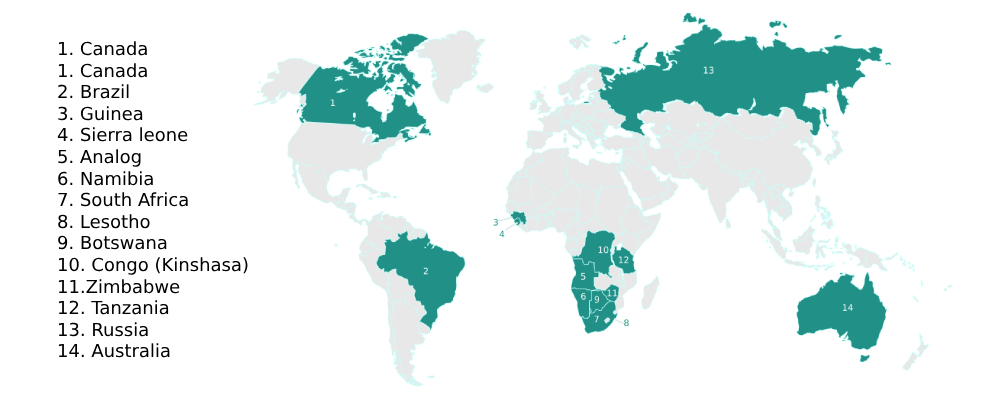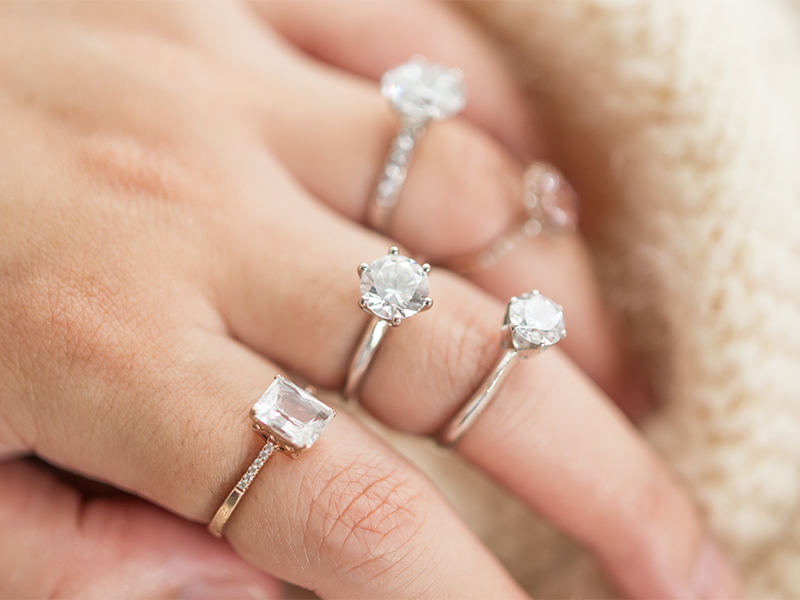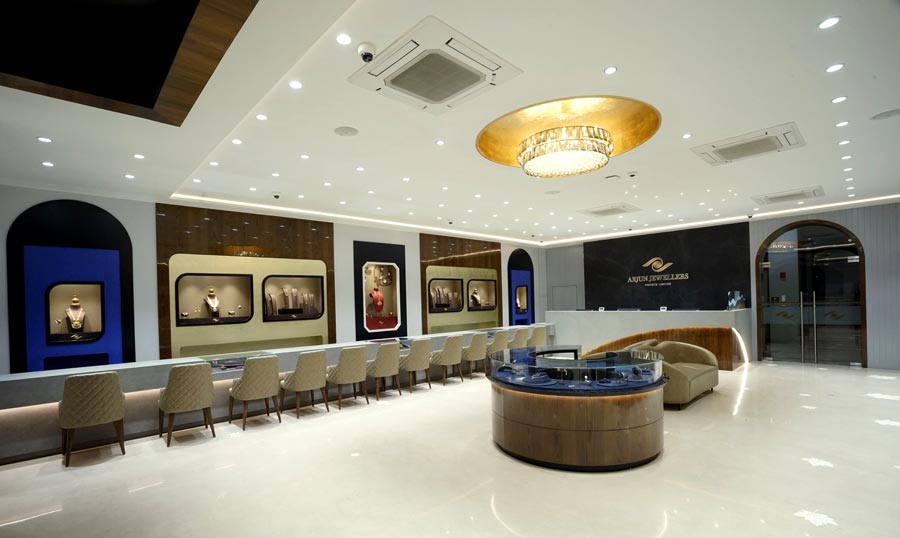What are my options for buying a conflict-free diamond?
Fortunately, lab-grown diamonds are always conflict-free! Because they are created in a lab under controlled conditions, you can be sure they are never associated with conflict, violence, or war. Opting for conflict-free or lab-created diamonds offers several benefits over traditionally mined diamonds:
Lab-grown diamonds are assured to be conflict-free, a guarantee that mined diamonds cannot always provide. Mined diamonds may come from regions afflicted by war crimes, human trafficking, or genocide, whereas lab-grown diamonds are produced in laboratories, bypassing these ethical issues.
Lab-grown diamonds are typically more affordable than their mined counterparts due to lower production costs. They don't involve costly mining operations and labor. Additionally, they are created in controlled environments, ensuring consistent quality with every diamond produced, a consistency that mined diamonds can't always match.
Choosing lab-grown diamonds means supporting ethical and responsible sourcing that doesn't exploit labor or fund conflicts. They offer a moral and accessible alternative, aligning with the growing consumer preference for jewelry that is not only beautiful but also promotes positive social and environmental impacts.






